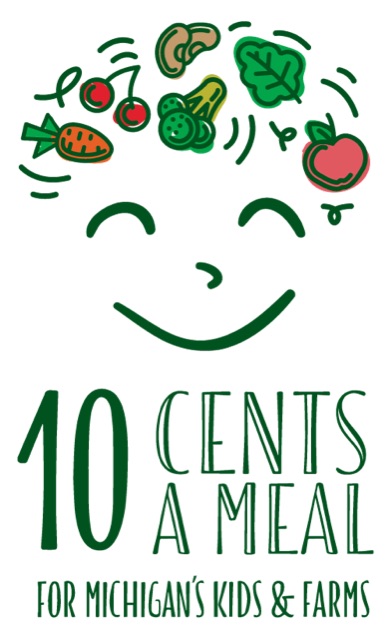It was my first time driving on the East Coast, and I was headed to meet with Chef Dan Giusti of Brigaid, a company he formed to place professionally trained chefs in schools. Dan had recently left the two-star Michelin restaurant Noma, in Copenhagen, to work in school food. When planning my trip out East, I went out on a limb to see if there was any way I’d be able to sit down to talk “school food” with him, and was thrilled when the answer was yes. So there I was, driving to New London, Connecticut, about to meet someone actively working to change school food. It was a dream opportunity for the bright-eyed grad student I was.
I remember pulling up to the school, walking through the halls, and stepping into a meeting that changed the way I thought about school food. I expected I’d be hearing about the next big thing in school food: scratch-cooked meals that look more like they belong in a restaurant than a school cafeteria. But instead, I was met with stories about the importance of peanut butter and jelly sandwiches, and how they need to be meticulously prepared and carefully wrapped to be an attractive lunch item—because sometimes a peanut butter and jelly sandwich is the only safe, familiar lunch food for a child, and that’s okay.
I also learned that taking the time to cut and present fruit in a meaningful way made all the difference in whether a child picked it up on the tray line—or not. It was the care and attention that mattered. Simple but well-made food was the name of the game.
And when we got to the topic of local food I was met with another dose of reality. “What about sourcing locally, do you do any of that?” I asked.
Dan explained that while some local food sourcing was done, in most cases it was incredibly difficult. Sometimes farmers couldn’t provide the quantities schools needed, so realistically the focus was on “scratch cooking” more than “scratch cooking with local food.” I learned later that school districts also often have supplier contracts that present another barrier to more local food in schools.
Fast forward a few years, however, and all those barriers are lifting before my very eyes. Today, as a registered dietitian working with 10 Cents a Meal for Michigan’s Kids & Farms, I find myself witness to a much more promising future for local food in schools. Here in Michigan, for school year 2020-21, our state invested $2 million in matching funds for school districts and early childhood education centers that are purchasing and serving Michigan-grown produce to the children in their care.
Moreover, farmers and local vendors are developing ongoing business relationships with these sites, in some cases working together before crops have even been planted to plan and forecast meals for the next growing season. When was the last time you heard of a farmer planting additional crops to meet the demand of a school they were serving? Well, it is happening here in the Mitten.
The work that is being done with Michigan’s local food economy and the work of getting more local food into schools has come far with the innovative 10 Cents a Meal program. As a dietitian, the thought of more children experiencing new varieties of fruits and vegetables is exciting, especially coupled with educational activities that provide children with additional experiences with food.
Army green, mushy, and overcooked, is not what we should be aiming for when serving vegetables to our children. It’s no wonder the old trope about children not liking broccoli exists. However, a roasted piece of vibrant green, Michigan asparagus in late April is a real treat and a great example of how simple, delicious food can win the hearts of children.
10 Cents a Meal helps to remove the financial barrier to sourcing local food, which tends to be more expensive than purchasing from broad-line distributors like Sysco or US Foods. However, thinking back to one of the most important lessons I learned during my chat with Dan, I think the argument for local food is supported by the adage that “it’s always about the people,” and food should be about the people! When schools source locally they are often doing so by building relationships with their local farmers. That is the most beautiful thing to me about food, that it’s the people who make the food taste good, whether that’s by growing it, delivering it, cooking it, or enjoying it alongside you. It’s people who make food special. It’s the attention to detail and the willingness to carefully, lovingly wrap a peanut butter and jelly sandwich.





